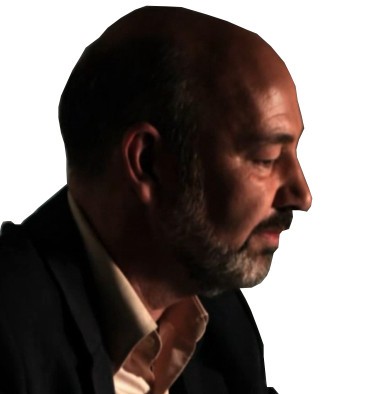What would a “Voynich Manuscript for Dummies” look like? It’s easy to poke fun at the foolish mess Wikipedia editors have made of the subject, but it’s not so easy to do it properly.
For me, the first big step would be finding sufficient writing courage to discard all Voynich theories. Yes, all of them. Every single one. Come on, is there a single Voynich theory out there that genuinely adds anything significant to what we know about the manuscript itself?
(Even my Antonio Averlino hypothesis is a bit guilty in that respect, because it was so painstakingly built on top of best-in-class historical evidence that it ended up a bit too precise and monochromatic for most people’s tastes. And the stuff it did predict [e.g. the concealed machine drawings] nobody yet feels comfortable with. Oh well!)
I also really don’t care for the kind of who-might-have-done-it-and-why speculation that fills the Wikipedia Voynich Manuscript page: that’s another whole category of stuff that should get the +10 Blue Pencil of Death wielded at it.
In addition, the whole what-flower-is-that-drawing-similar-to cult that seems to have monopolized many Voynich researchers’ attentions in the last few years is a thing that for me warrants only the briefest of mentions. It is such a hazard-rich and information-poor approach to history: and the whole supposed point of the activity (to find cribs for code-breakers to work with) is destroyed by the complexity of Voynichese . If we can’t even tell vowels from consonants, numbers from letters, or even what ‘the’ or ‘and’ is across hundreds of pages of text, how much help could a crib give us? [“Not much” is the sad answer.]
But once you’ve stripped out all the rubbish, what is left? Well… the internal evidence (the codicology and palaeography, i.e. the construction, the writing and the pre-1600 history), the external evidence (mainly provenance from 1600 onwards), and the Art History (techniques employed, similarities with other documents and drawings, etc). And… errrm… that’s about it.
At this point, you’d have to point out that I’d obviously be writing for some fairly sophisticated Dummies. And I suspect that this is ultimately the problem, because almost everything written to date on the subject isn’t about the Voynich Manuscript itself, but about the Foolish Mythology of the Voynich Manuscript. And what a waste of everyone’s time that exercise has proved to be, huh?
I suppose that this is what I despair about: not only that the unfortunate legacy of Victorian historians (and their search for moral tales for the edification and instruction of the young) was a portfolio of polished pants myths that have taken over a century to dismantle, but also that the mythological-and-as-yet-largely-undeconstructed Voynich Manuscript remains very much in that disappointingly shiny vein. I mean, Roger Bacon and John Dee… is that honestly the best people can do after a hundred years? *sigh*
All this rant boils down to is this: that I’ve become heartily sick and tired of re-reading the same basic “Voynich Mystery Mythology for Dummies” account that bloggers, journalists, novelists, meeja luvvies, computer scientists and even (gasp!) historians seem so keen to regurgitate ad nauseam; and that I think the discourse around the Voynich Manuscript has become so worn-through that many people would struggle to recognize a genuinely informative and accurate account of the object itself.
Remove all the lurid speculation and the mad theories from the next Voynich article you read, and is anything much left?

